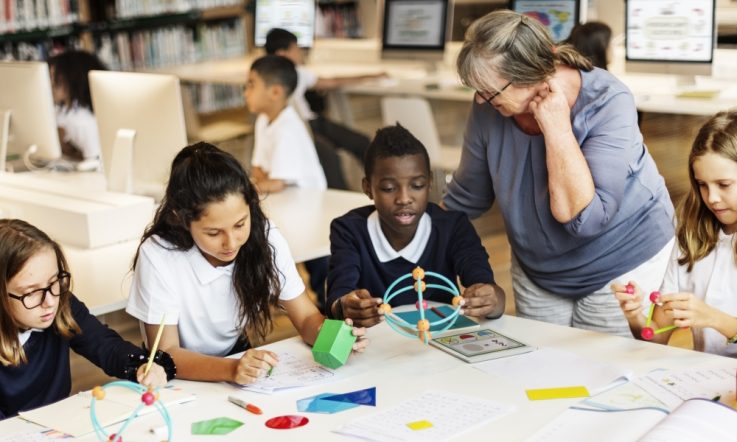The Netherlands is one of the consistent top performers in the Programme for International Student Assessment (PISA) and is often recognised internationally as an example of educational success. Last term, Teacher explored the Dutch education system and how it supports struggling learners. Here, we take a look at a project that's focused on extending gifted learners in the Netherlands.
A new report from the Netherlands shows how three educators provided structured learning activities for gifted students through an art project. The authors, who all specialise in gifted education, teach classes one-day-a-week to gifted students in primary schools in the Netherlands. Their report, Using the TASC Wheel in one-day-a-week class for gifted students: Project Art, was published in the Gifted Education International journal and details a project they led with 13 gifted students aged 10-12.
TASC stands for Thinking Actively in a Social Context, and the authors say the TASC Wheel is a tool used to allow students to gain more knowledge on a subject as well as practice their executive skills. The TASC Wheel is implemented by the educators with students twice a year for this purpose in different subjects, but their experience guiding students through using the TASC Wheel for an Art project is documented in this report.
‘Pupils need space and creativity, but they also need a structure. I think working with the TASC Wheel gives both,' lead author, Marij Persons, tells Teacher.
The TASC Wheel has seven steps, and the students are required to work through each one. ‘We have developed a fan deck with instruction blades for each step of the TASC Wheel, as a tool to clarify the requirements and goals of each step,' the authors write in the report. ‘We have experienced that the use of these fan decks aids gifted students to follow the steps of the TASC Wheel in a structured and guided way, with fixed goals and requirements.'
The instruction blades for the TASC Wheel. Image supplied.
Step one of the TASC Wheel had students create mind maps with the information provided by the educators (for example names of artists, movements, techniques and materials). Next, they composed and answered questions relating to a particular art movement before moving on to steps three and four where they researched the topic further using the internet, and books and movie clips they were provided with. Some of the work in these steps could be completed in pairs. Throughout the project, students were given the opportunity to complete various other activities, like creating a self-portrait in the style of Picasso.
‘Adding additional activities enlivens the lessons, creates and maintains curiosity and allows strengthening of other skills such as creative thinking and executive skills,' the report reads.
In step five, students participated in a group discussion where they expressed their opinion on the project so far, answering educators' questions on the difficulty level of the project and how they found collaborating with their peers.
‘The pupils told me they know a lot more about art,' Persons shares. ‘They said … “we are very motivated to work and learn about a subject using TASC Wheel. TASC [teaches] us to make the right steps. It gives us the structure … that's what we need”.'
In step six, students prepared presentations of the information they had discovered on artists, movements, techniques and history. They were instructed to present the information in a way that would encourage others to read the information, and an exhibition was organised for parents/carers and others in the school community to attend.
The final step, step seven, invited students to discuss what they had learnt, and Persons says they reflected on how much they'd learnt about various artists and their history, as well as different ways to present information.
For other educators looking to implement a similar project with gifted students in their school community, Persons says although it takes a lot of time to prepare and plan the goals and activities, it is a project which allows educators to guide students to explore their creativity, practice executive skills and meet various goals.
References
Persons, M., de Groot, Y., & Stoffels-Engering, A. (2019). Using the TASC Wheel in one-day-a-week class for gifted students: Project Art. Gifted Education International, 0261429419871657.
The authors of this paper said working with the TASC Wheel provided gifted students with structure, support and a way to address their goals.
As an educator, what strategies do you have for providing structure and support to gifted students so they can address their goals? Do these strategies differ to a colleague of yours? How do you measure the success of these strategies?



